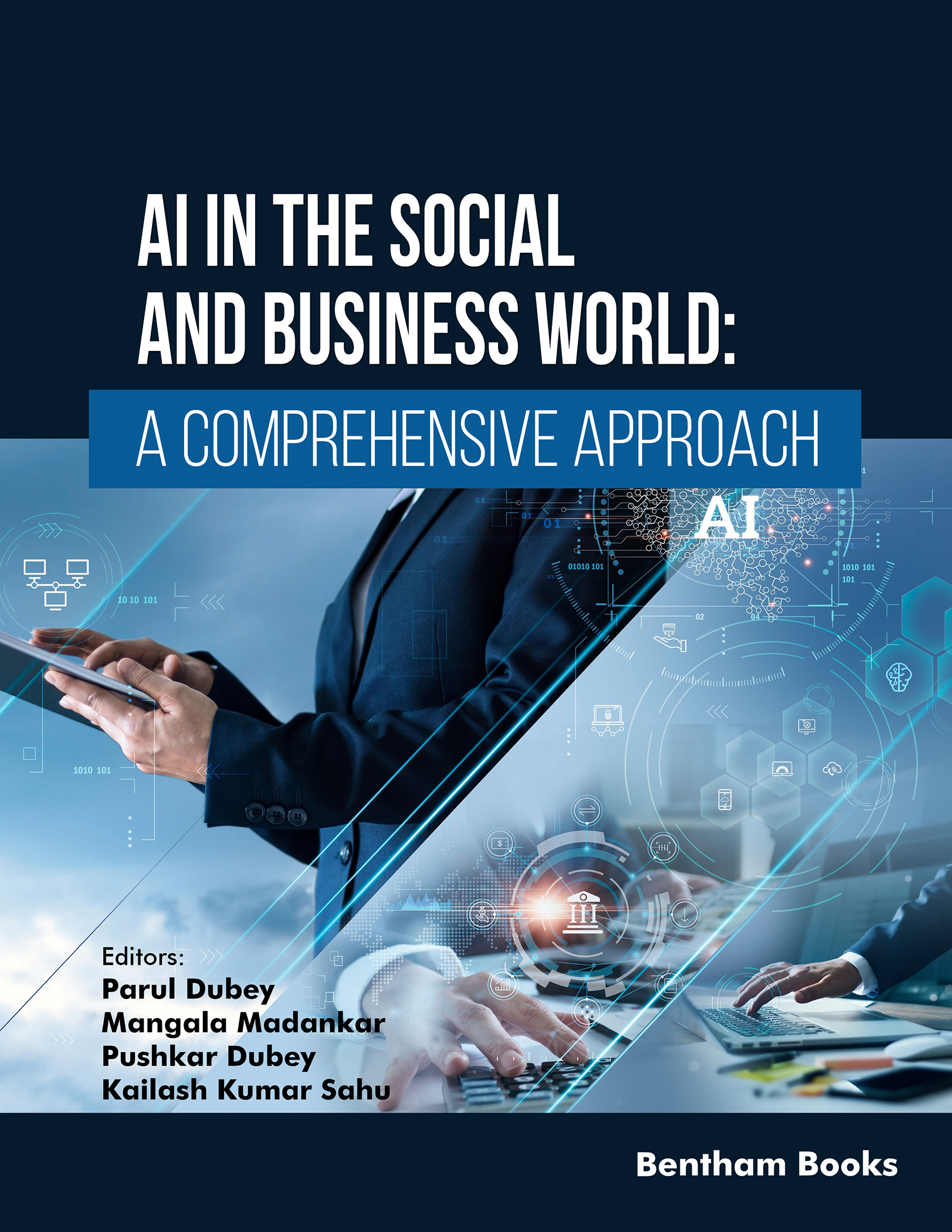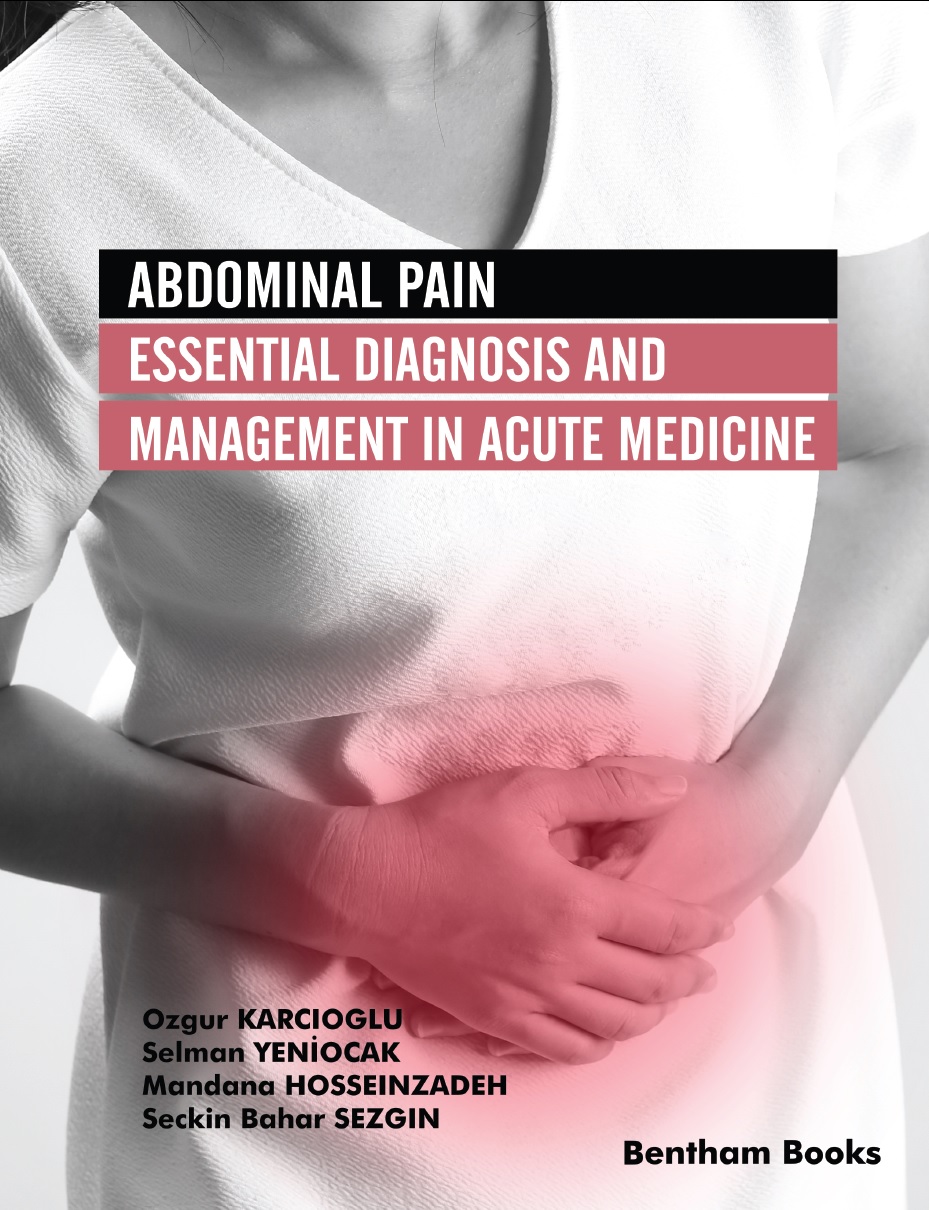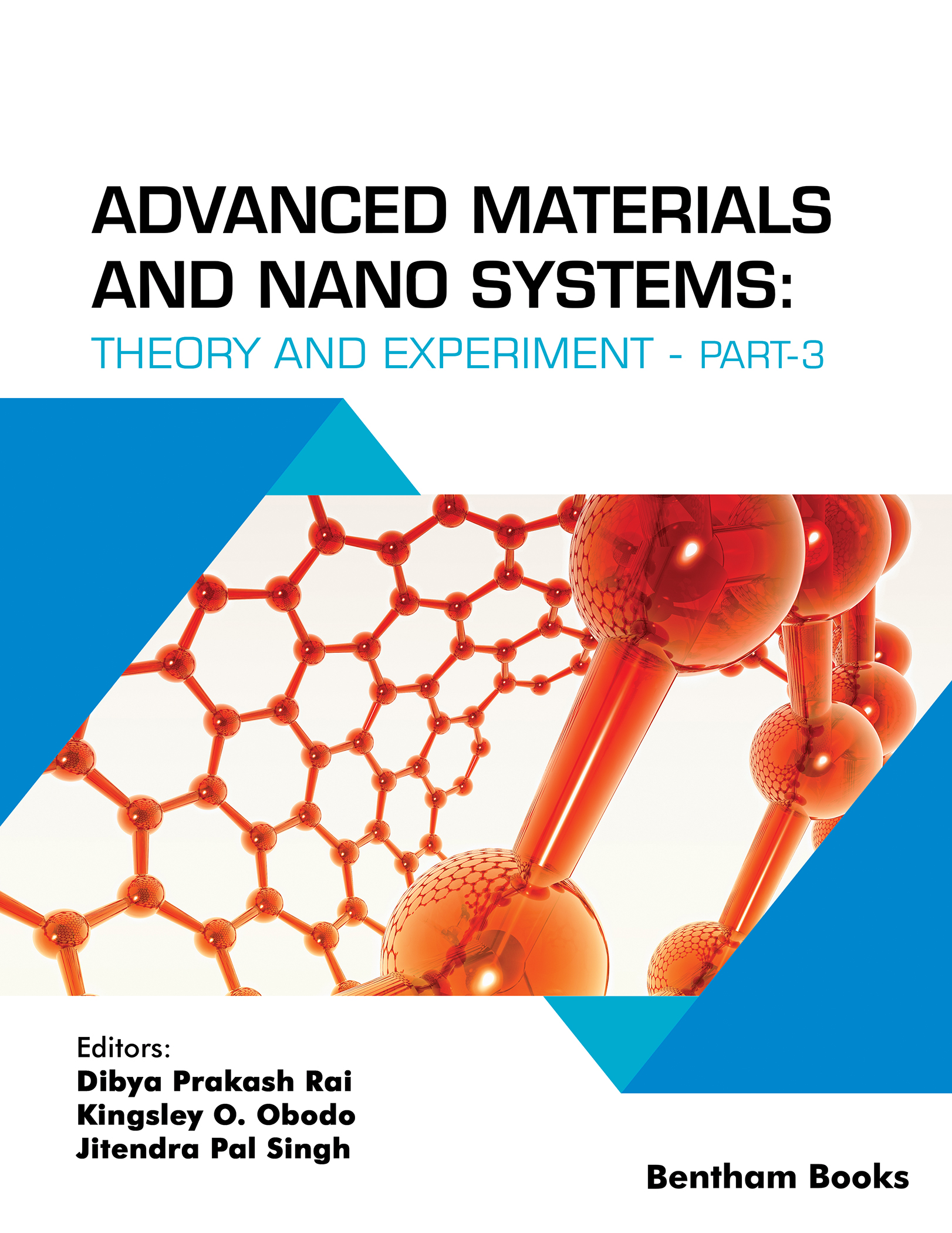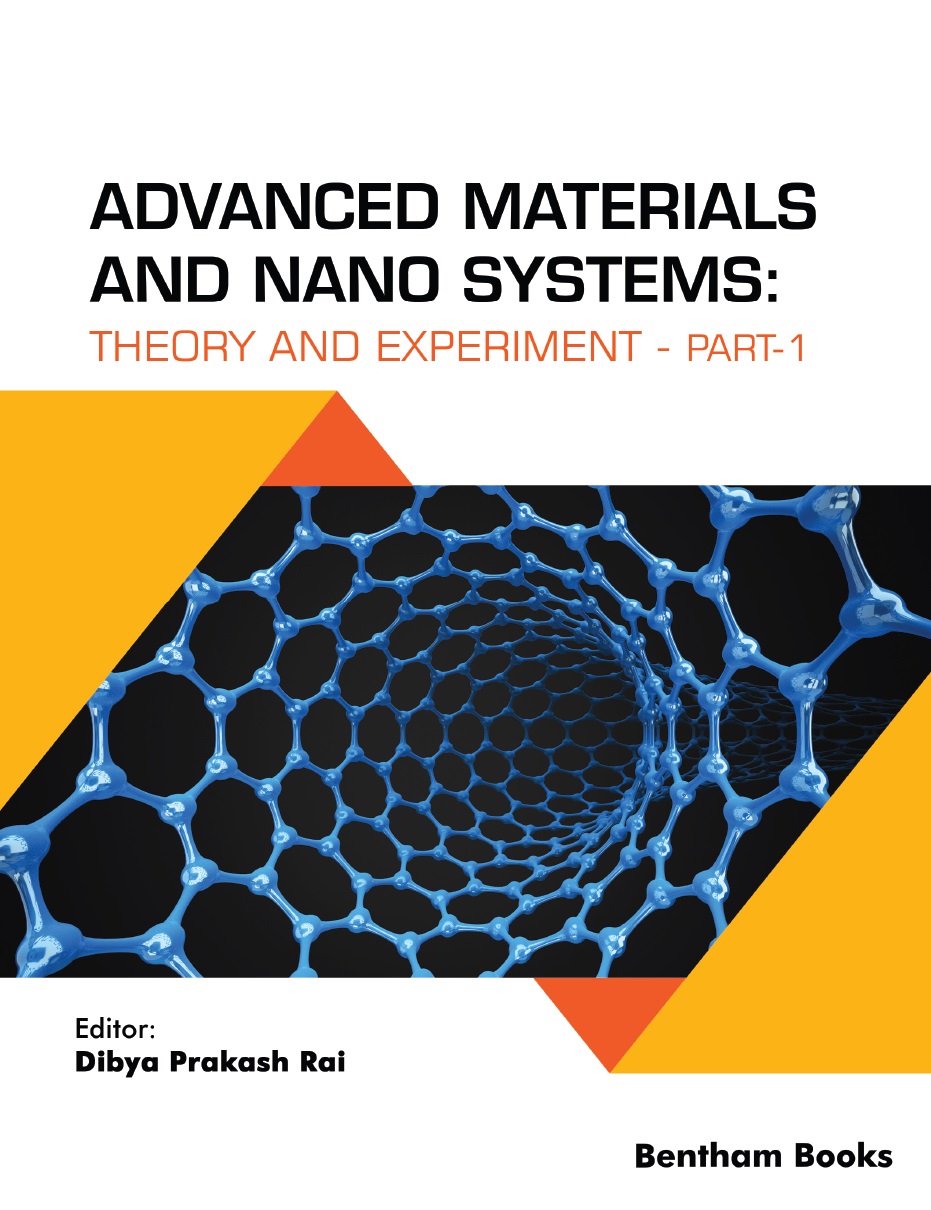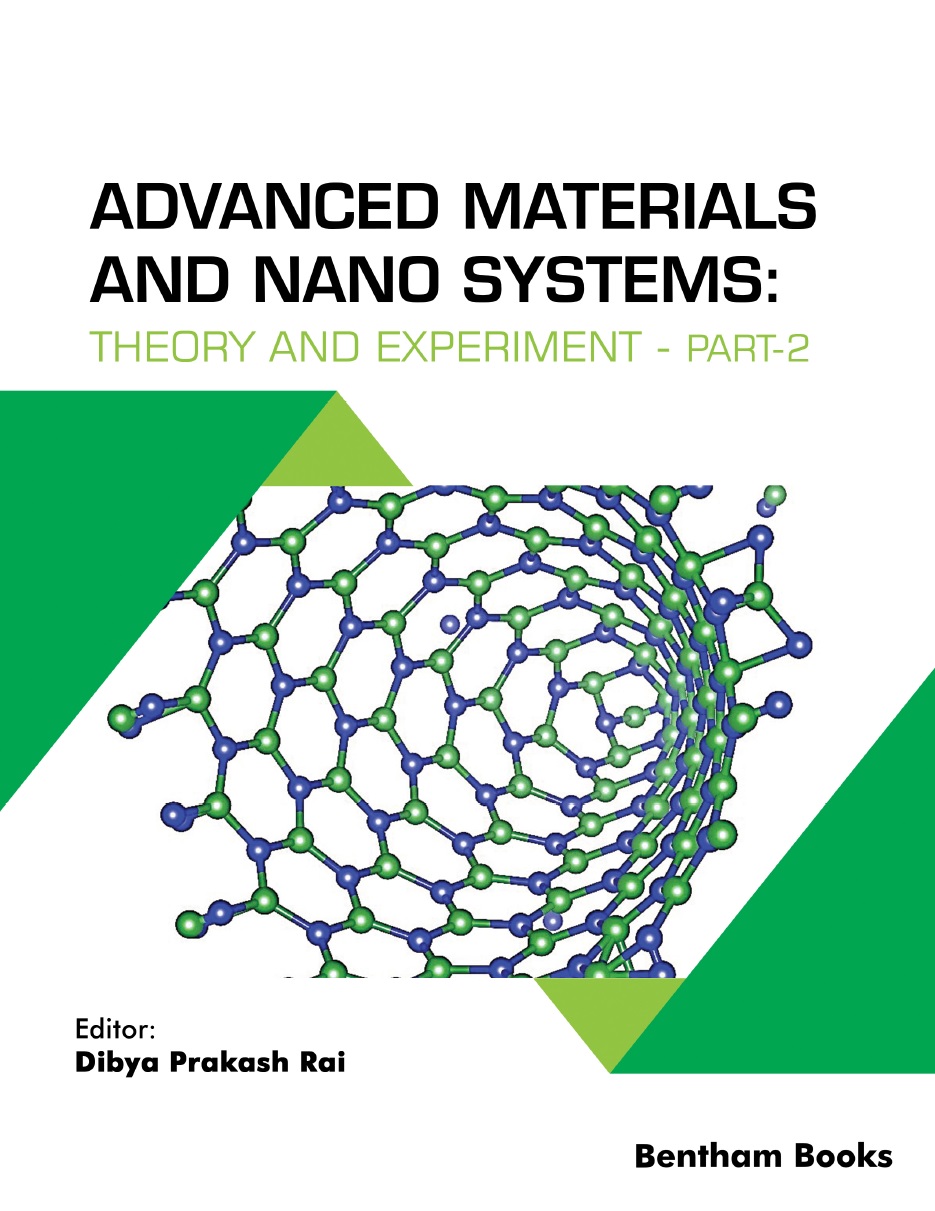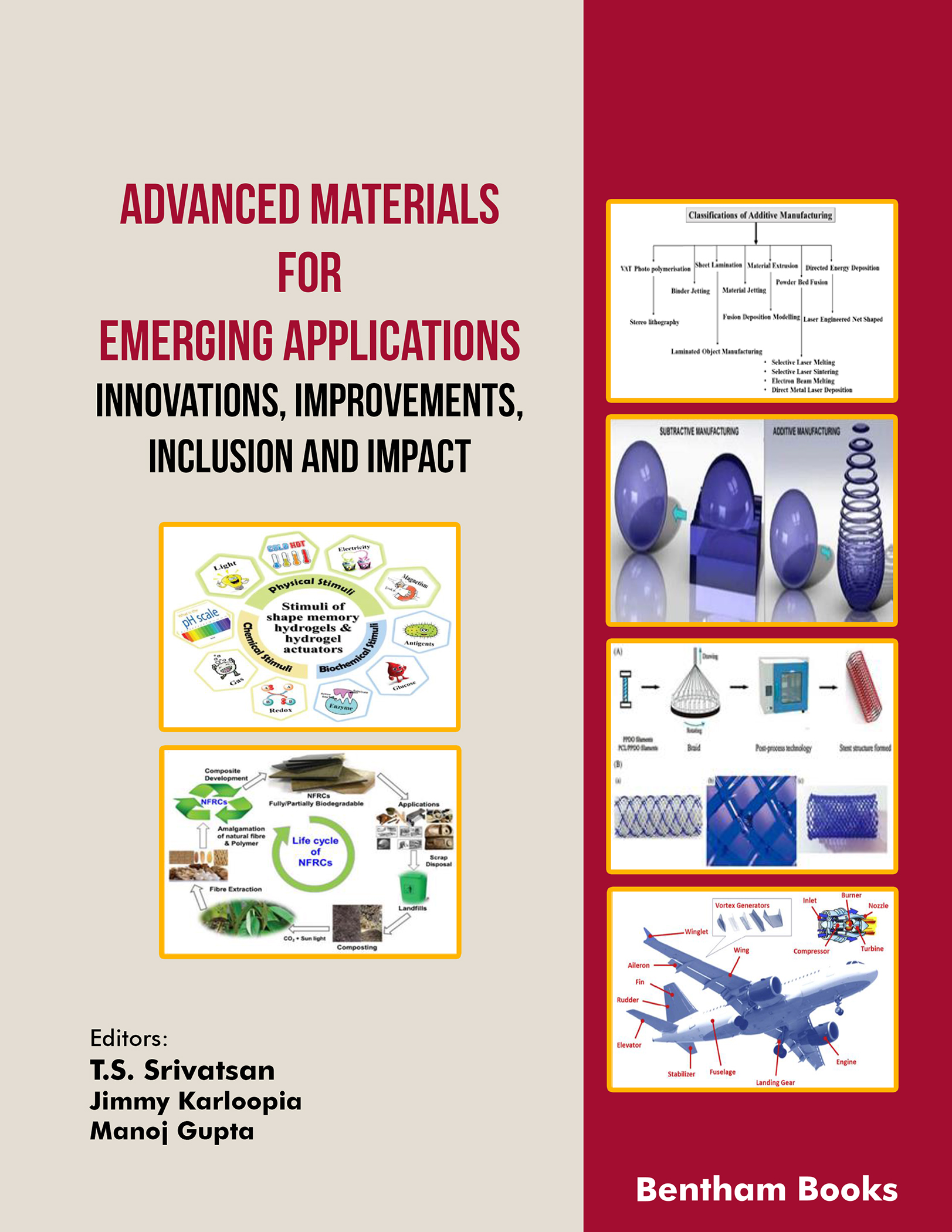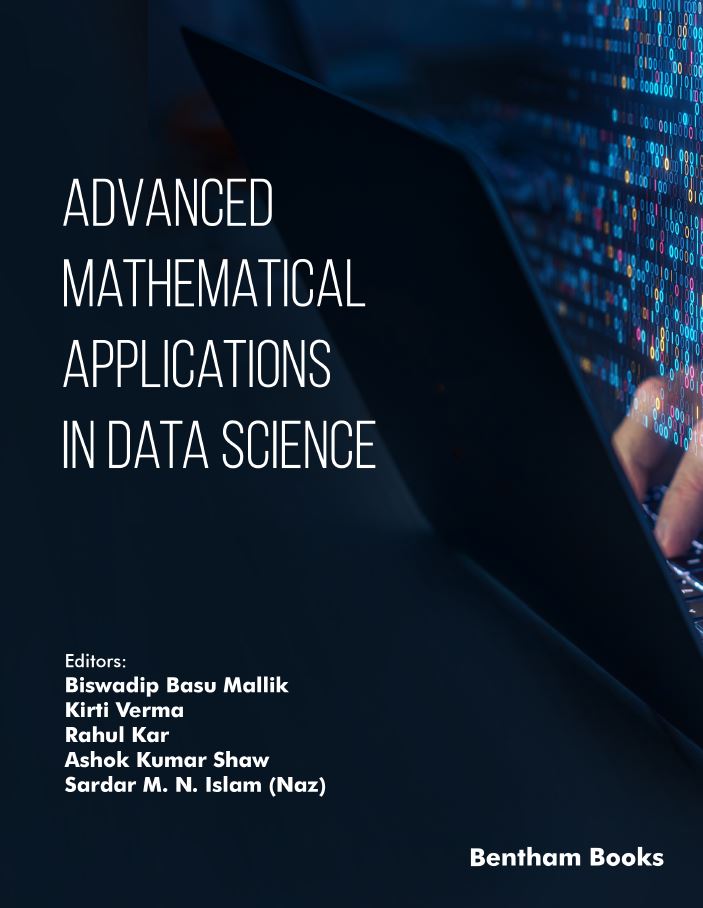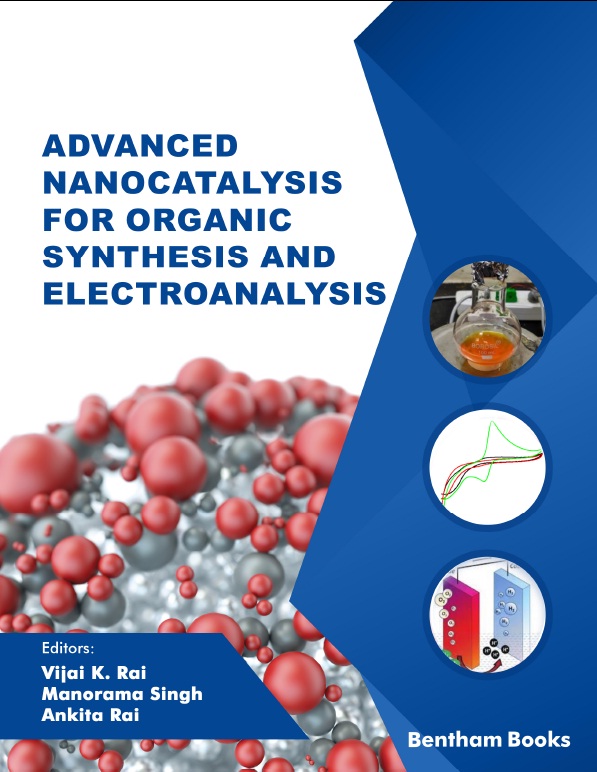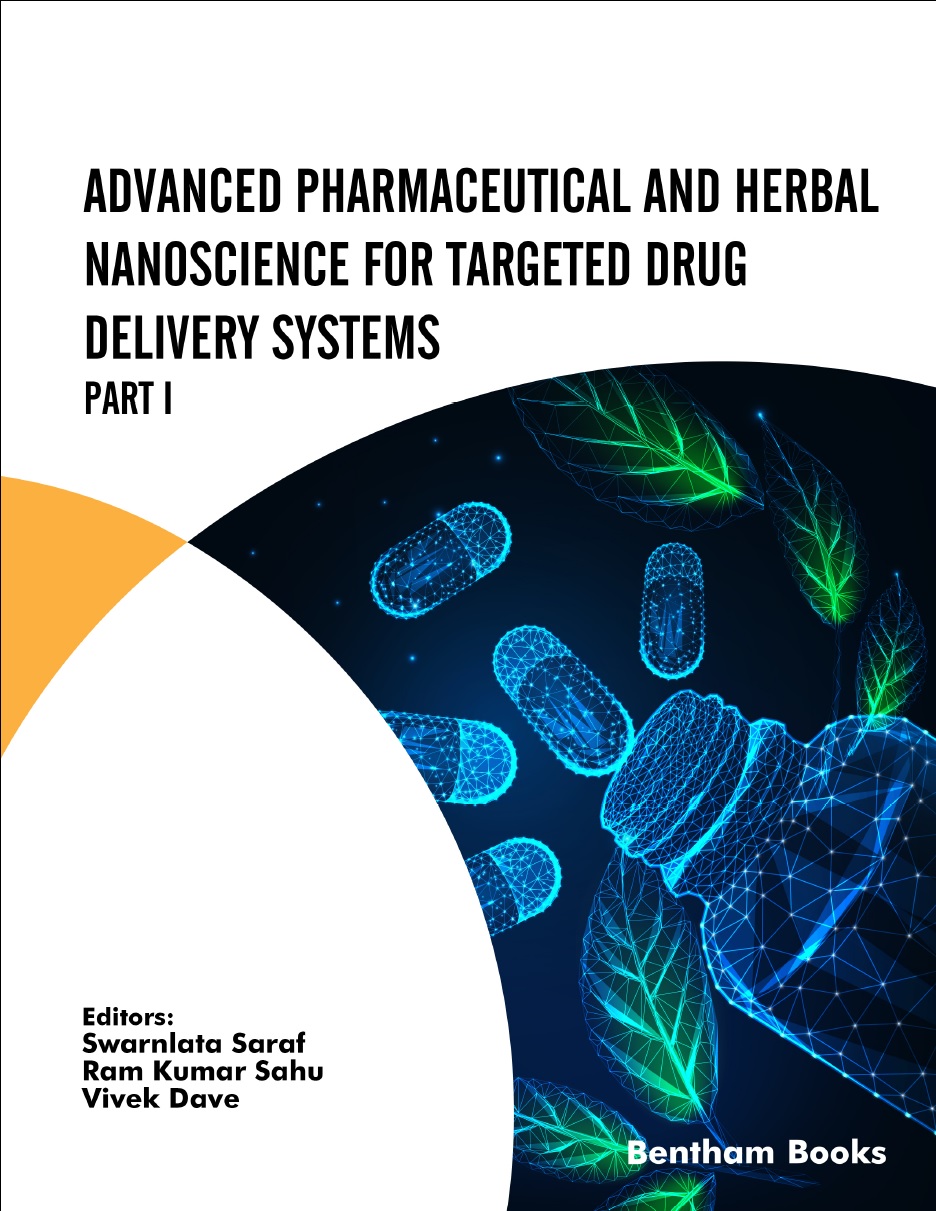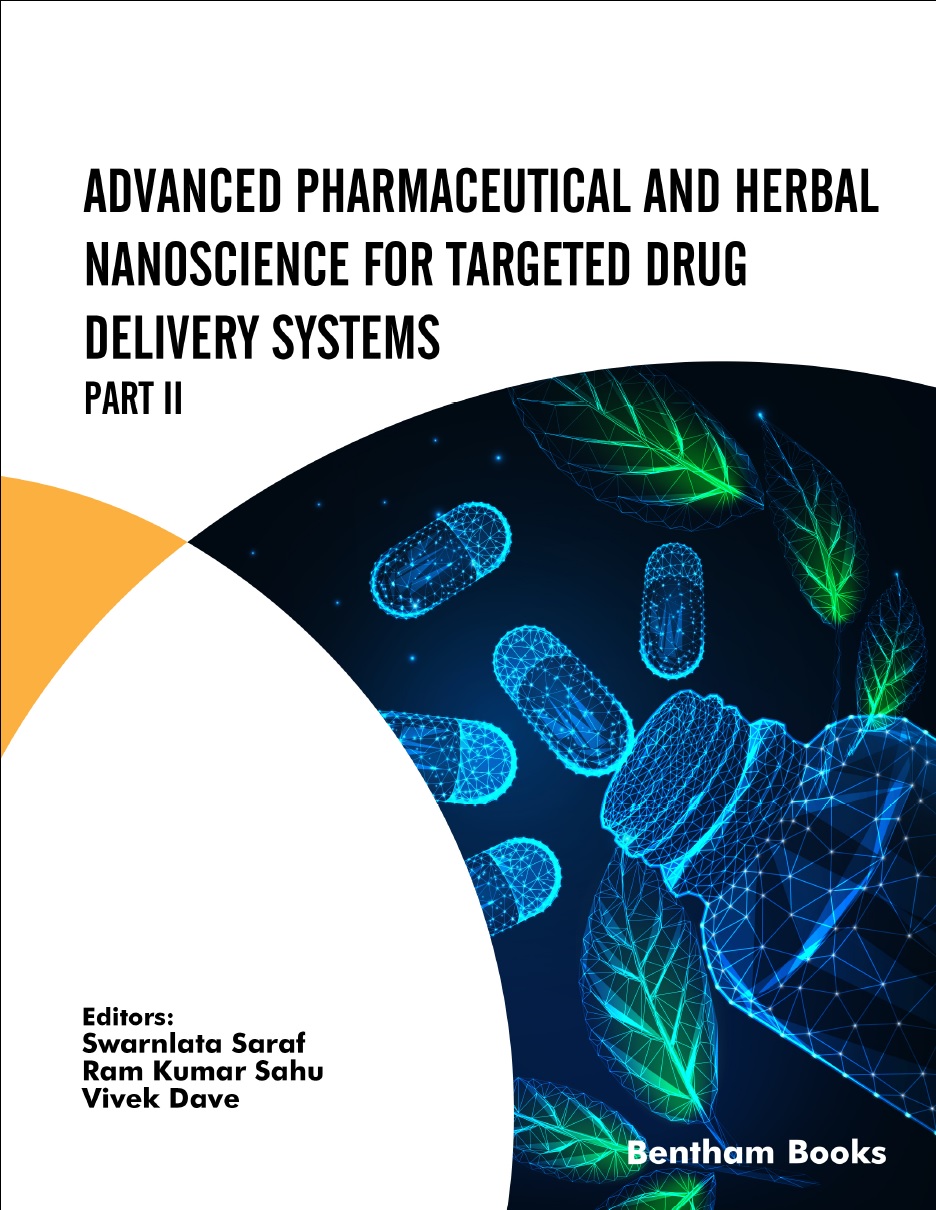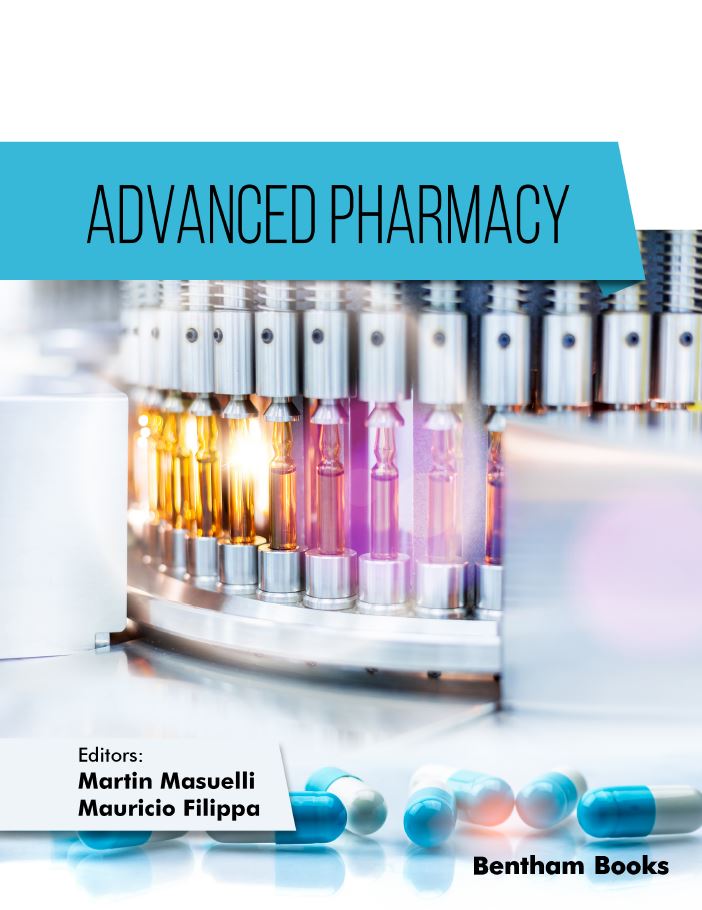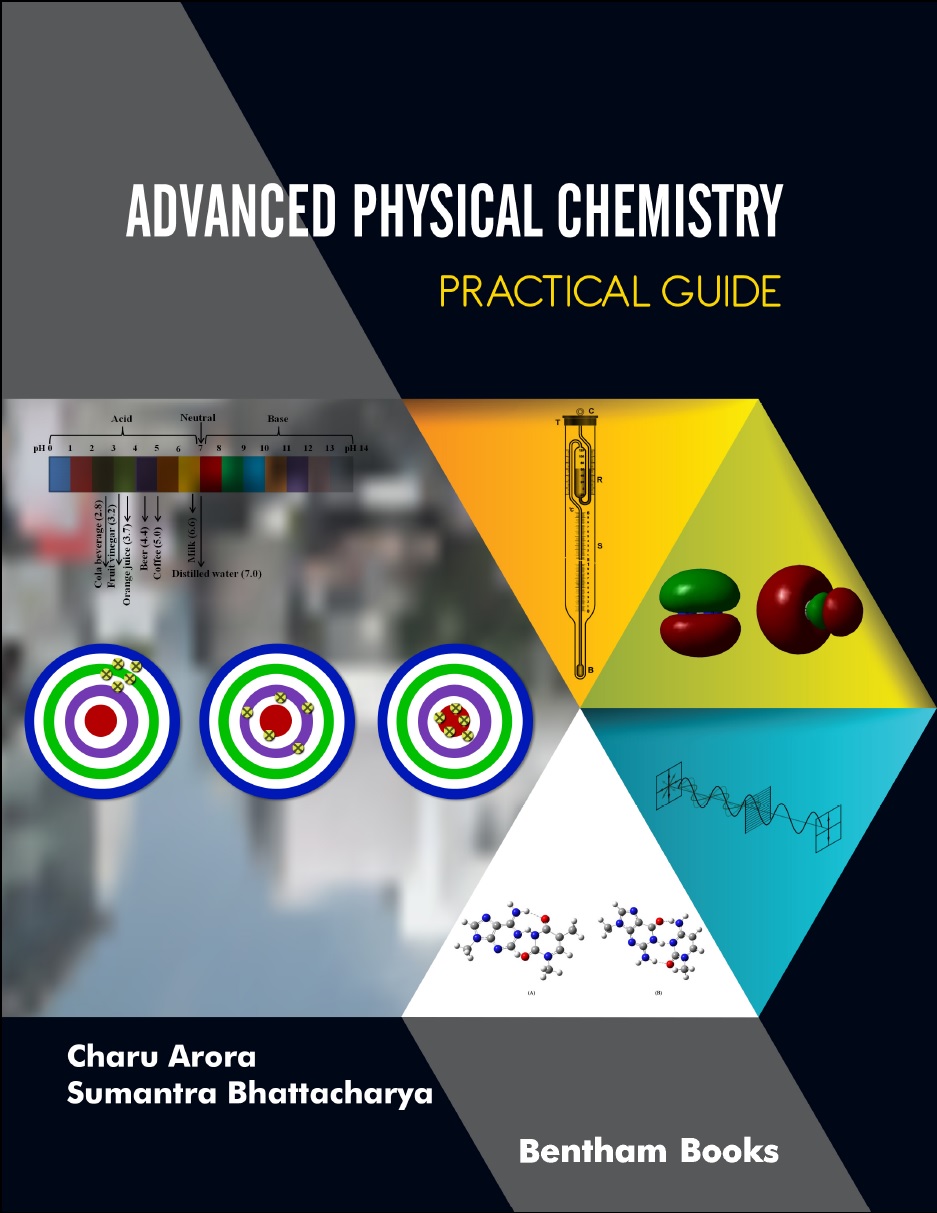- Home
- Publishers
- Bentham Science Publishers
Bentham Science Publishers
Bentham Science Publishers is a major publisher of more than 100 peer-reviewed science, technology and medical (STM) journals, along with a rapidly growing collection of eBooks. Since 1993, Bentham Science Publishers has been catering to the information needs of the pharmaceutical, engineering, biomedical and medical research community.1454
results
21 - 40 of 1454 results
-
-
AI Innovations in Drug Delivery and Pharmaceutical Sciences; Advancing Therapy through Technology
More LessAI Innovations in Drug Delivery and Pharmaceutical Sciences: Advancing Therapy through Technology offers a comprehensive exploration of how artificial intelligence (AI) is revolutionizing the pharmaceutical and healthcare sectors. This book addresses the AI’s role in drug discovery, development, and delivery, highlighting applications in personalized medicine, nanotechnology, and clinical trials. It also covers AI’s imp Read More
-
-
-
AI and IoT-based intelligent Health Care & Sanitation
More LessThe book aims to provide a deeper understanding of the synergistic impact of Artificial intelligence (AI) and the Internet of Things (IoT) for disease detection. It presents a collection of topics designed to explain methods to detect different diseases in humans and plants. Chapters are edited by experts in IT and machine learning, and are structured to make the volume accessible to a wide range of readers.Key Features:- 17 Cha Read More
-
-
-
AI in the Social and Business World: A Comprehensive Approach
More LessAI in the Social and Business World: A Comprehensive Approach offers an in-depth exploration of the transformative impact of Artificial Intelligence (AI) across a wide range of sectors. This edited collection features 13 chapters, each penned by field experts, providing a comprehensive understanding of AI's theoretical foundations, practical applications, and societal implications. Each chapter offers strategic insights, cas Read More
-
-
-
ASEP's Exercise Medicine Text for Exercise Physiologists
More LessWatching TV, surfing the Internet, and sitting for long hours have replaced more active pursuits. Millions of Americans are simply not moving enough to meet the minimum threshold for good health and longevity. Exercise physiologists have researched and highlighted this fact for decades. That is why they emphasize the importance of regular exercise in the prevention of chronic diseases associated with physical inactivity a Read More
-
-
-
Abdominal Pain: Essential Diagnosis and Management in Acute Medicine
More LessAbdominal pain is one of the frequent reasons for admission to emergency departments in hospitals. Diagnosis in patients presenting abdominal pain is a challenge for physicians owing to several indications, and a lack of contraindications. Delay in diagnosis and misdiagnosis is a common problem even for the most experienced emergency physician or general surgeon. Disruptions that may be related to ancillary services s Read More
-
-
-
Adolescent Psychiatry
From Adolescence through Young Adulthood
More LessAdolescent Psychiatry a peer-reviewed journal, aims to provide mental health professionals who work with adolescents with current information relevant to the diagnosis and treatment of psychiatric disorders in adolescents.Adolescent Psychiatry reports of original research, critical/mini reviews of topics relevant to practitioners, clinical observations with analysis and discussion, analysis of philosophical, ethical or social as Read More
-
-
-
Advanced Catalysts Based on Metal-organic Frameworks (Part 1)
More LessAdvanced Catalysts Based on Metal-organic Frameworks is a comprehensive introduction to advanced catalysts based on MOFs. It covers basic information about MOF catalysts with industrial and environmental applications. The detailed chapters update readers on current applications and strategies to apply MOF-based catalysts in industrial processes geared for sustainability initiatives such as renewable energy, pollution c Read More
-
-
-
Advanced Control of Flight Vehicle Maneuver and Operation
Frontiers in Aerospace Science: Volume 4
More LessThis book focuses on the advanced controller designs of flight vehicle maneuver and operation. Chapters explain advanced control mechanisms and algorithms for different controllers required in a flight vehicle system. The book topics such as air-disturbance fixed time controllers, algorithms for orbit and attitude computation, adaptive control modes, altitude stabilization, nonlinear vibration control, partial space elevator confi Read More
-
-
-
Advanced Geosimulation Models
More LessGeosimulation has recently emerged at the intersection of Geographic Information Science, Complex Systems Theory and Computer Science. Geosimulation aims at understanding the dynamics of complex human-driven spatial systems through the use of spatially explicit computer simulation. The approaches and tools for validating Geosimulation models are especially important for understanding their complex and Read More
-
-
-
Advanced Materials and Nano Systems: Theory and Experiment (Part 3)
More LessThe discovery of new materials and the manipulation of their exotic properties for device fabrication is crucial for advancing technology. Nanoscience, and the creation of nanomaterials have taken materials science and electronics to new heights for the benefit of mankind. Advanced Materials and Nanosystems: Theory and Experiment covers several topics of nanoscience research. The compiled chapters aim to updat Read More
-
-
-
Advanced Materials and Nanosystems: Theory and Experiment - Part 1
More LessThe discovery of new materials and the manipulation of their exotic properties for device fabrication is crucial for advancing technology. Nanoscience and the creation of nanomaterials have taken materials science and electronics to new heights for the benefit of mankind. Advanced Materials and Nanosystems: Theory and Experiment cover several topics of nanoscience research. The compiled chapters aim to updat Read More
-
-
-
Advanced Materials and Nanosystems: Theory and Experiment - Part 2
More LessThe discovery of new materials and the manipulation of their exotic properties for device fabrication is crucial for advancing technology. Nanoscience, and the creation of nanomaterials have taken materials science and electronics to new heights for the benefit of mankind.Advanced Materials and Nanosystems: Theory and Experiment covers several topics of nanoscience research. The compiled chapters aim to updat Read More
-
-
-
Advanced Materials for Emerging Applications (Innovations, Improvements, Inclusion and Impact)
More LessAdvanced Materials for Emerging Applications is a monograph on emerging materials'; materials that have observable differences in physical properties and manufacturing requirements when compared to existing materials and industrial processes. The volume aims to showcase novel materials that can be used in advanced technology and innovative products.The editors have compiled 17 chapters grouped into 3 secti Read More
-
-
-
Advanced Materials for Membrane Preparation
More LessThe need to reduce pollution and the waste of energy and resources imposes a wider diffusion of environmentally friendly membrane systems. The expanding domain of membrane operations demands tailored materials with unprecedented performances and resistance to temperature, chemicals and solvents, at affordable costs. Today, new polymeric, inorganic and hybrid materials are specifically engineered for the pre Read More
-
-
-
Advanced Mathematical Applications in Data Science
More LessAdvanced Mathematical Applications in Data Science comprehensively explores the crucial role mathematics plays in the field of data science. Each chapter is contributed by scientists, researchers, and academicians. The 13 chapters cover a range of mathematical concepts utilized in data science, enabling readers to understand the intricate connection between mathematics and data analysis. The book covers diverse topi Read More
-
-
-
Advanced Nanocatalysis for Organic Synthesis and Electroanalysis
More LessThis technical reference covers information about modern nanocatalysts and their applications in organic syntheses, electrochemistry and nanotechnology. The objective of this book is to present a review of the development of nanocatalysts in the fields of organic synthesis and electroanalysis over the last few decades. It provides readers comprehensive, systematic and updated information about the relevant to Read More
-
-
-
Advanced Pharmaceutical and Herbal Nanoscience for Targeted Drug Delivery Systems Part I
More LessThis 2-part reference informs readers about the application of drug delivery technologies to herbal medicines. Chapters cover a broad range of major topics on the subject of targeted drug delivery systems. These topics include the application of drug delivery systems for herbal nanomedicines, drug development issues, emerging technologies, adaptations for clinical use, market prospects and challenges of indus Read More
-
-
-
Advanced Pharmaceutical and Herbal Nanoscience for Targeted Drug Delivery Systems Part II
More LessThis 2-part reference informs readers about the application of drug delivery technologies to herbal medicines. Chapters cover a broad range of major topics on the subject of targeted drug delivery systems. These topics include the application of drug delivery systems for herbal nanomedicines, drug development issues, emerging technologies, adaptations for clinical use, market prospects and challenges of indus Read More
-
-
-
Advanced Pharmacy
More LessAdvanced Pharmacy is a textbook dedicated to advanced applications in pharmacy. The book balances information by including chapters that give basic knowledge and inform readers on the latest insights in pharmaceutical science. Authored by pharmacology experts and academics, each chapter highlights current knowledge in the field, presenting research in a didactic and educational manner for academics, researchers, Read More
-
-
-
Advanced Physical Chemistry Practical Guide
More LessAdvanced Physical Chemistry Practical Guide aims to improve the student's understanding of theory through practical experience and by facilitating experimental exercises. The book covers a wide range of areas from basic to advanced experiments including the calibration of instruments as well as the use of software for accurate computational quantum chemical calculations.This book is divided into four sections:part I - general i Read More
-



